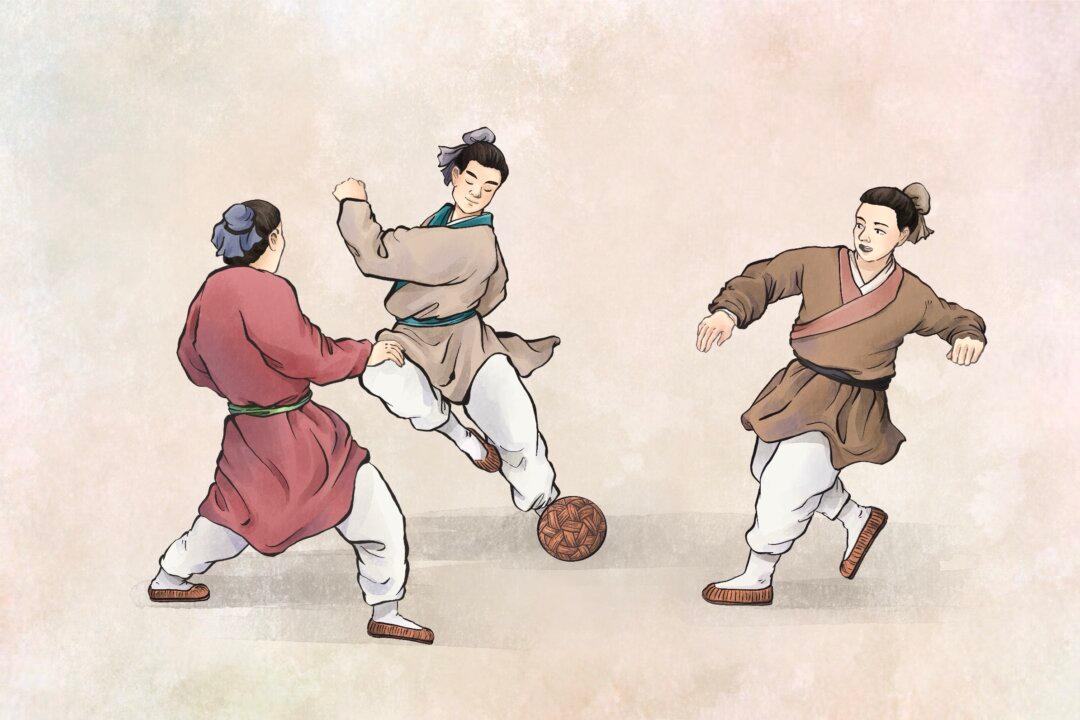The Chinese regime’s top educational watchdog has again added labor courses to the curricula of primary and secondary schools in China.
From the mid-1960s to the mid-1970s, during the Cultural Revolution period, Chinese students had to work in factories or in the countryside, and the communist authorities called this political education campaign “learning from the workers and peasants.”





